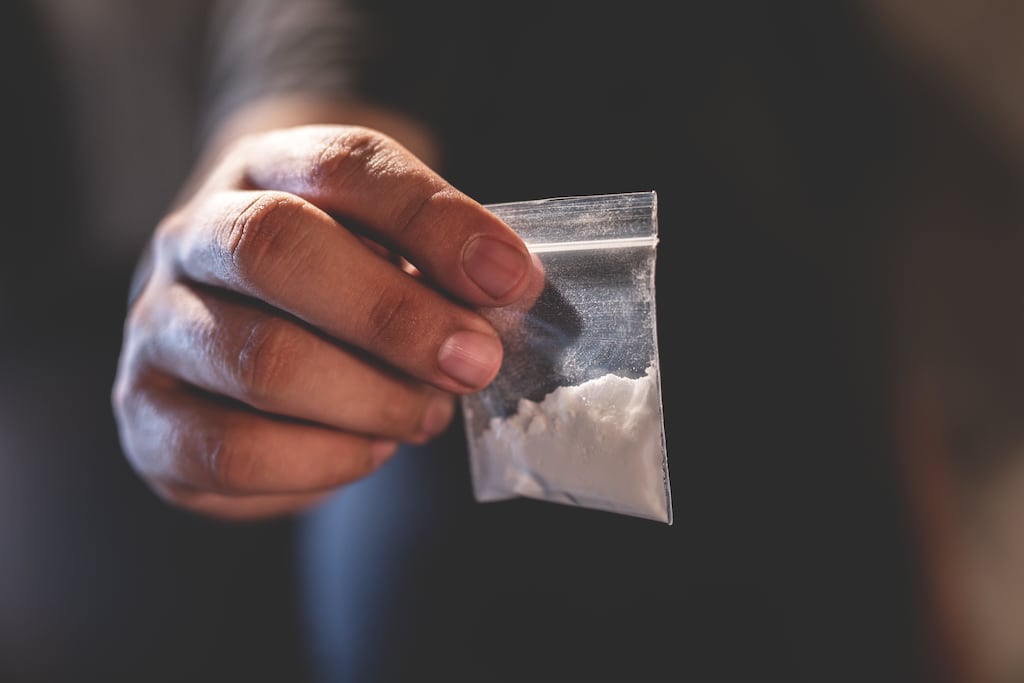Ireland was one of only four countries in Europe to experience significant issues, including deaths, from ‘synthetic heroin’ use last year.
There are fears the problem may worsen as the availability of heroin dries up globally, as expected, over the next year due to the Taliban clamping down on opium cultivation in Afghanistan.
Senior Garda officers, including Garda Commissioner Drew Harris, have already expressed their concerns that once heroin becomes more difficult to source, a synthetic drug culture will take hold, with potentially devastating consequences.
A new European-wide study on the drugs market across the region said Nitazenes (synthetic heroin) accounted for a “significant share of overdose deaths” in Estonia and Latvia last year.
READ MORE
“Localised poisoning outbreaks have also been reported in Ireland and France in 2023,” says the European Drug Report 2024.
“In Ireland, Nitazenes were mis-sold as heroin, resulting in multiple overdoses, and were also linked to overdoses in two prisons in 2024.”
The report, produced by the European Monitoring Centre for Drugs and Drug Addiction (EMCDDA) also revealed drug-related deaths in the Republic were much higher than anywhere in Europe. However, countries across Europe have different methods for counting and classifying drug deaths.
Nonetheless, the report states there were 322 drug-induced deaths in Ireland in 2020. That was 97 deaths per million people, over four times higher than the European average of 22.5 deaths. After Ireland, the next highest drug-induced death rates were 95 per million in Estonia and 86 per million in Norway.
There is serious concern in the Garda, and with public health authorities, in the Republic that synthetic opioids will increase in popularity in Ireland very quickly and may lead to US-style overdose trends, caused there by the synthetic opioid fentanyl.
Assistant Commissioner Justin Kelly, who is responsible for all Garda units combating organised and serious crime, said earlier this year synthetic opioids such as fentanyl were likely to “fill the gap” when the heroin shortage fully takes hold in Ireland.
While “huge agricultural support” was required to grow the crops that produced heroin and cocaine, synthetic opioids could be produced in urban settings – in makeshift laboratories –, underlining the potential for the spread of the drug.
The EU drug report flags the same issue of the Taliban’s eradication project severely impacting drug trends in Europe in the short term. It pointed to an assumed 95 per cent drop in opium cultivation last year in Afghanistan.
However, the EMCDDA also notes that heroin production had increased in Myanmar, which has “historically been a notable source of opium and heroin, though generally not for European markets”. It suggested Myanmar could replace Afghanistan as a large supplier of the global heroin trade, though this was unlikely to occur in the short term.
- Sign up for push alerts and have the best news, analysis and comment delivered directly to your phone
- Join The Irish Times on WhatsApp and stay up to date
- Listen to our Inside Politics podcast for the best political chat and analysis










